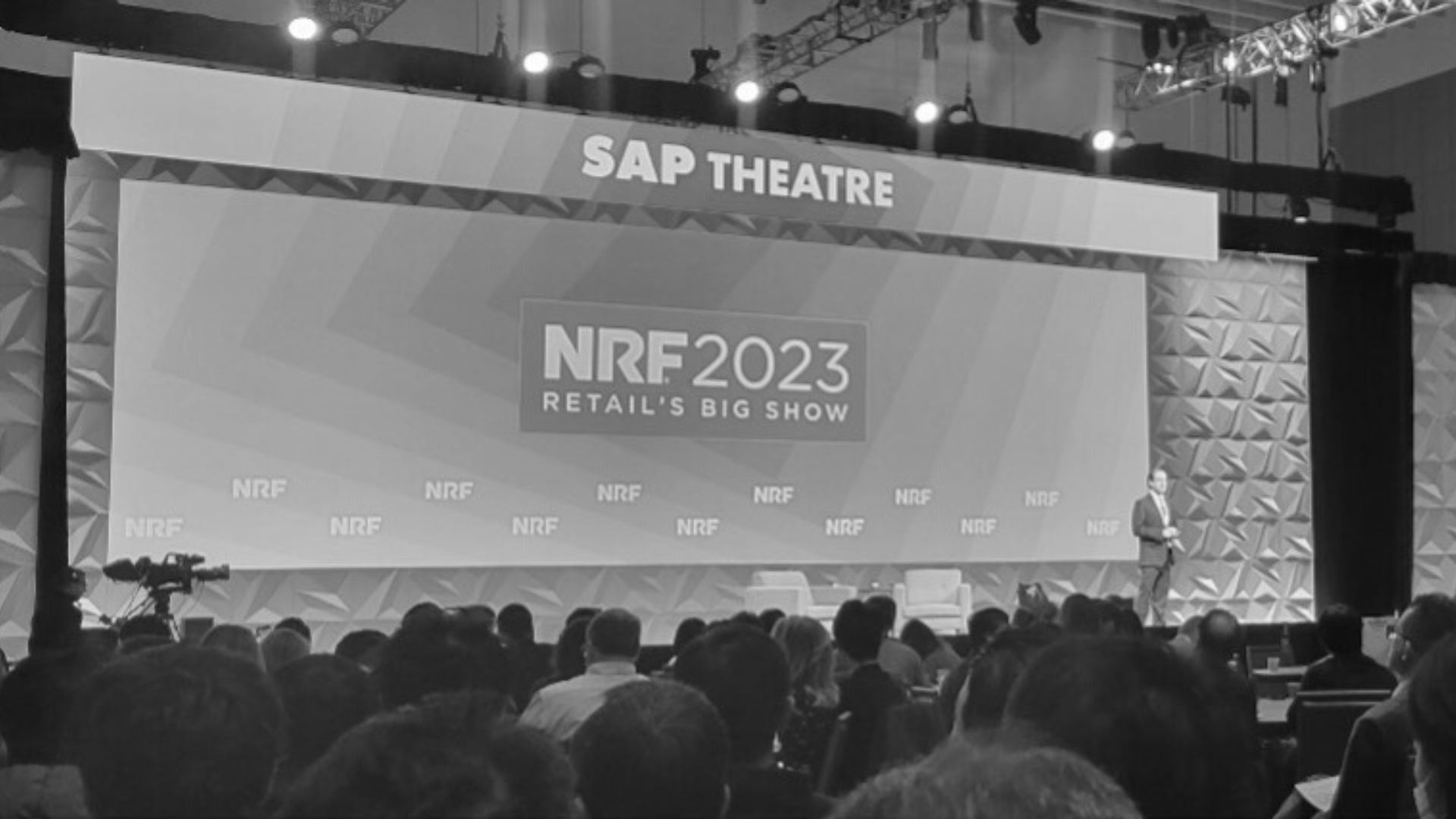The question of how to engage retail employees is a perennial topic that’s only gathered in urgency over the past year. The survival of many retailers has been due to their essential workers, who never stopped working and have worked harder than ever. Workforce norms transformed as a result, with previous nice-to-haves becoming “new essentials” for employees to take (or keep) a job.

Retail is an industry that grapples with workforce management at an unmatched level. The sheer volume of hires, turnover rates, seasonally driven needs, pay pressures and scheduling are a perpetual challenge — but post-pandemic, they are downright daunting. As retailers grapple with unfilled positions, ever-changing mask guidance and periodic closures due to staff shortages, companies are eager to determine how they can accommodate evolving employee necessities and create a stronger future for their business.
While Many Companies Have Implemented Changes, Struggles Persist
My colleagues recently released a study on these “New Essentials,” which packs extensive insights from both frontline and white-collar workers that reflect the perceptions, priorities and attitudes emerging from a year in the pandemic. Within these findings, substantial differences emerged for retail brands and employers. Understanding and addressing these dynamics will better position retailers for the future.
Safety concerns top the list. The health and safety of employees is a priority in the best of times, and in the wake of a pandemic it will be crucial for businesses moving forward. A full 95% of retail industry employees say COVID-19 has made feeling safe at work more important to them.
They’re not feeling as resilient as others. Retail industry workers are less likely than employed Americans overall to say they’ve become more resilient. While half (50%) of retail industry employees say they have become more resilient because of the pandemic, this figure is lower than among all employed Americans (62%).
Frontline workers desire a team connection. Frontline workers (74%) are more likely than non-frontline workers (66%) to say that the pandemic has made having a sense of connection to their immediate coworkers more important to them. In fact, 60% of retail industry employees say they feel more empathetic toward their colleagues as a result of the pandemic, and three-quarters (75%) of retail industry employees say a sense of connection to immediate coworkers has become more important to them because of the pandemic.
They need recognition. The data showed the impact of recognition and appreciation efforts truly resonates. Half (51%) of retail industry workers say they feel more appreciated by their employers now compared to the beginning of the pandemic. And, in one of the study’s silver linings, 57% of frontline workers now feel more appreciated at work by the public than they did at the start of the pandemic.
How to Bolster Your Employee Brand and Take Down That “Now Hiring” Sign
While communications alone can’t solve the talent issue, a comprehensive approach can differentiate a brand and deliver a distinct advantage in an extremely competitive landscape.
What can retail employers do to enhance their employees’ satisfaction and attract new hires in light of the study data? Here are a few possibilities.
Consider safety communications… via text? Among retail industry workers’ top-desired methods of receiving health and safety communications is text messaging (30%). Managers are the best conduit, with 48% of retail industry employees wanting to hear from them, more than the CEO (30%). Employee comms pros should consider partnering with managers to communicate via text to frontline crew.
Make it meaningful – and spotlight employees who live your values. When retail industry employees consider those who influence them the most at work (apart from their direct managers), they point to colleagues who best represent the company’s values (41%), are “just like me” (37%) and are in leadership positions (32%). Consider shining a spotlight on employees who live your values and can tell your stories in more powerful ways than an “outsider” could.
Communicate the changes that mean the most. Retail industry workers’ priorities look different from those in other industries, with more in retail wanting a wage increase (64% versus 45% among employed Americans overall) and a four-day workweek (40% versus 29% overall), among other benefits. Additionally, more than half (54%) of retail industry employees say they’re most focused on job stability/the opportunity to remain employed (versus 43% overall). The challenge for employers is to determine which of these changes are permanent and how to deliver on them.
Bottom line: it’s a tough job to find people to fill these tough jobs. Our Retail experts and Employee Communications and Engagement specialists are here to help — we’d love to hear from you.



